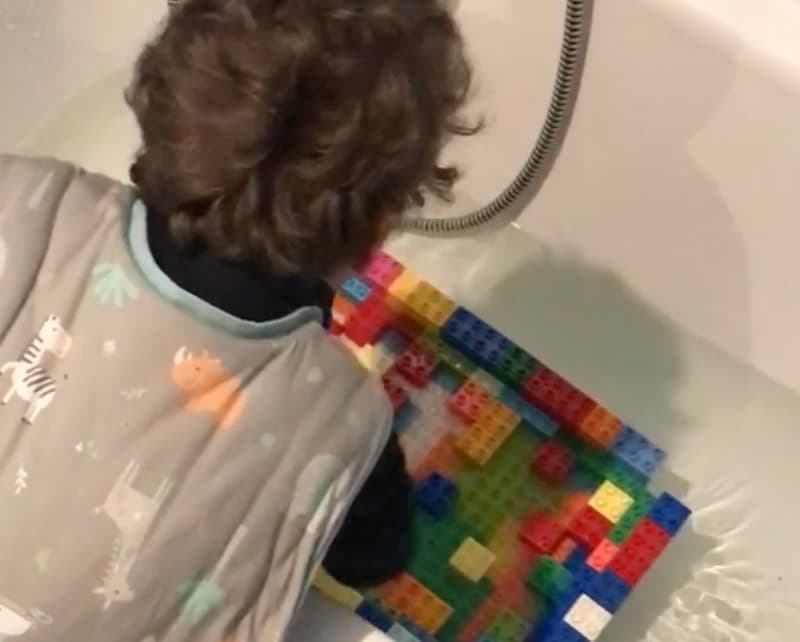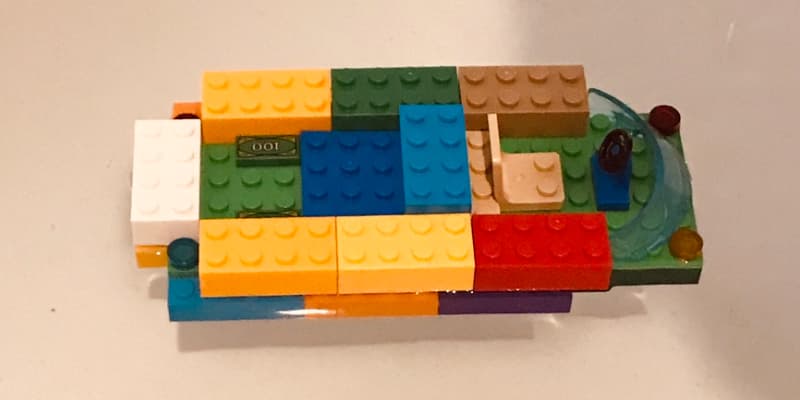why doesn't the Titanic sink?
29 April 2024
We are in the kitchen, me and my 6 years old son, Giovanni. We are having breakfast.
"Why doesn't the Titanic sink? It's made of iron, right?" Giovanni suddenly asks out of nowhere.
"Yes, it's made of iron," I reply.
"So why doesn't it sink?" His eyes scrutinize me, waiting for a convincing explanation.
"Because the water it displaces in the sea weighs the same as it does. When you put the Titanic in the water, it takes up a space that was previously occupied by water, right?"
"Right..." he murmurs, not really listening, focused on the cookie sinking into his milk.
"If that water weighs as much as the Titanic, then the Titanic floats; if the Titanic weighs more than that water, then it sinks."
"But why does it sink? If it's made of iron, it's heavy!" he exclaims firmly, his gaze fixed on the bubbles that the sunken cookie has left on the surface of the milk.
The "boring school explanation" approach is not working. I tug at his arm and whisper conspiratorially, "How about we see if your Lego boat sinks in the bathtub?" The chair under his ass shoots back against the sink as he jumps up and runs to his room where his self-built Lego boat from yesterday is.

Beside the tub, a heated discussion begins on why it doesn't sink. Lots of plausible hyphothesis.



They start a process of building various boats. It's surprisingly similar to the process I use to build software user interfaces. I suspect it's the same process used to create anything: initial idea, development of a preliminary project, creation of a prototype, testing the prototype, asking others to test it, observing the results, seeking opinions, and repeating the process over and over. It's not just a way to create something; it's a way to understand something. It's the right way to build a mental model. Sure, Giovanni hasn't yet understood why the Titanic doesn't sink, but he has learned many other things that will help him understand it later on.
We move back and forth from the bedroom/workshop to the bathtub for a good three hours. Try to do regular school homeworks for three hours in a row with Giovanni... good luck! This way of learning is much more effective than the school method, I'm certain of it. The kids' behavior is clear: they are engaged and motivated. Anyone who has tried doing homework with their children knows that the hardest part is capturing their attention. Once you get that, the road is downhill. If you don't no way they really get anything.
Do you want to leave a comment?
Comments
Luca
and by the way, the process "idea, test, observation" is what we call "scientific method". I observed my two kids over the years, and they seem to apply it naturally in their aim to understand the world. It's only when they go to school that they come to know a different method.
Andrea Pinchi
probably the flow is: observation first, then idea, then test, since ideas come from our relation with the external space and not out of nothing!
Luca Leone
Absolutely Andrea!